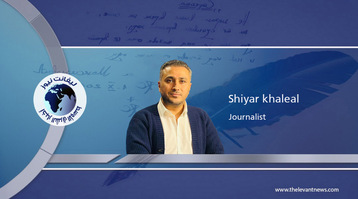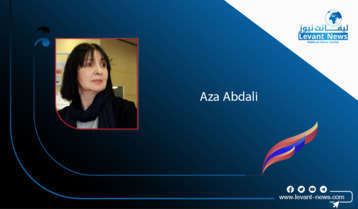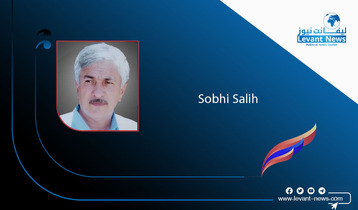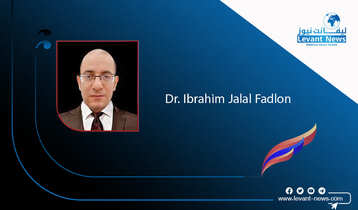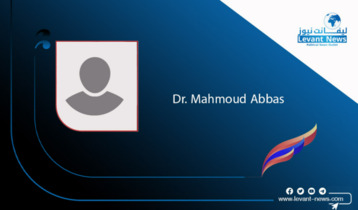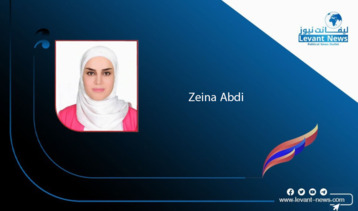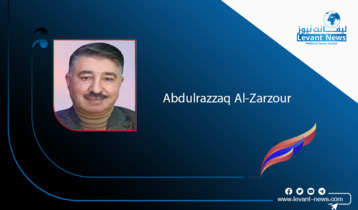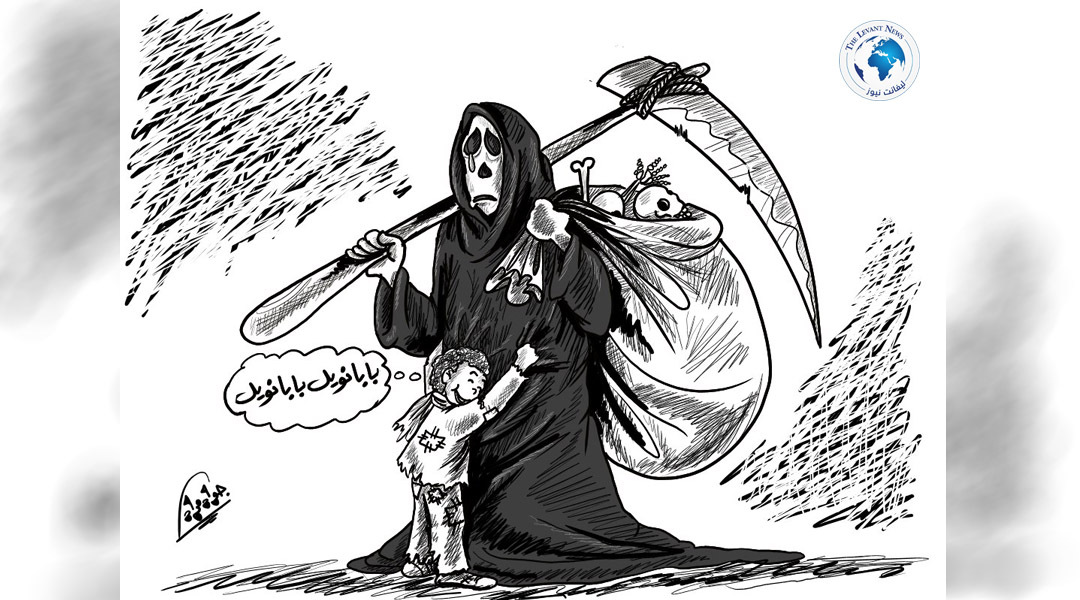-
Sykes–Picot Returns as the Region Redefines Itself: A Reading of MEPS 2025

By Shiyar khaleal
The name “Sykes–Picot” returned with striking force to the platform of the Middle East Peace and Security Forum (MEPS 2025). Not as a historical document, but as a primary culprit behind many of the fractures that continue to shape the region’s political and social landscape. It has become increasingly evident that the Middle East is undergoing a rare moment of introspection: the maps drawn a century ago can no longer contain a reality that has transformed demographically, politically, and culturally countless times. And from Duhok, the message was unmistakably clear: the region needs new models of governance and internal understandings grounded in shared interests—not in lines drawn in a distant past.
When President Masoud Barzani stated that the “wounds of Sykes–Picot still bleed,” he was pinpointing, with striking clarity, the core of the regional crisis. The agreement that partitioned the Middle East disregarded the diversity of its peoples and imposed political molds that produced fragile social contracts and brittle civil peace. The Kurds were among the first to pay the price of these imposed borders, but history has shown that the damage was not exclusive to them; Arabs, Assyrians, Turkmen, Alawites, Sunnis, Shias, and all other communities suffered from structures that did not reflect their identities or realities. Entire societies were placed into political containers that bore no resemblance to their historical or cultural composition, resulting in a cycle of crises that persisted generation after generation.
Khamis al-Khanjar approached the issue from another angle, warning against the mindset of “reordering the region from the outside,” and stressing that any attempt to reshape the Middle East through top-down engineering will only reproduce the failures of the past. What the region needs today, he argued, are internal settlements among its components and cooperative relationships between states built on mutual interests rather than rivalries over influence.
Yet the most decisive moment came with former Turkish Prime Minister Ahmet Davutoğlu, who called openly for “ending the Sykes–Picot mentality,” arguing that it can no longer explain or manage the region’s complexities. He emphasized a need to revive the natural bonds of history, geography, and culture, and to shift from a mindset of “crisis management” to one of cooperation—toward a new vision rooted in coexistence rather than competition over an outdated legacy. His words signaled not a historical reflection, but a declaration that the world is changing—and the Middle East must rethink itself accordingly.
On the same stage, Kurdistan Region President Nechirvan Barzani offered a profound reading of the Syrian file, emphasizing that no political solution in Syria can succeed without political and administrative decentralization—an approach that restores recognition to the social and ethnic diversity long ignored by the legacy of Sykes–Picot. His remarks echoed the forum’s broader spirit: the region does not need “bigger states,” but rather “fairer states”; not central authority imposed from above, but governance capable of embracing diversity and safeguarding civil peace.
At the heart of this intellectual momentum stood Kurdistan Region Prime Minister Masrour Barzani, who played a pivotal role not through lengthy speeches but through the guests he brought together and the questions he allowed to be posed without restriction. It was evident that he intended to open this sensitive file—not to make a rhetorical point, but to reframe the regional conversation on new foundations: shared interests, coexistence, partnership, and the protection of diversity. He created a conceptual framework that transformed MEPS into a space for revisiting the foundations on which modern Middle Eastern states were built, prompting participants to think about how to move from a legacy of imposed maps to systems of governance that reflect today’s realities.
What unfolded in Duhok cannot be separated from the broader regional landscape. Iraq is recalibrating its internal and external balances. Turkey is searching for long-term stability with its neighbors. Gulf states now approach regional security through economic and developmental interests. And the Kurdistan Region continues to position itself as a model of stability amid turbulence. None of these dynamics align with the Sykes–Picot logic; they reflect a new paradigm grounded in respect for identities, cooperation over confrontation, and building trust within states and among them.
Thus, MEPS 2025 emerged as a clear statement that the Middle East is shifting into a new phase—one in which the meaning of the state is redefined by its ability to protect diversity rather than impose uniformity; to reinforce civil peace rather than deepen fragmentation; to build shared economic futures rather than erect borders that separate. The discussion was not about “redrawing maps,” but about “rebuilding relationships” within states and across them, and about creating lasting partnerships anchored in shared interests and communal coexistence—principles that President Masoud Barzani repeatedly emphasized.
From Duhok, it became clear that the region is seeking a different paradigm, and that the era in which rigid borders dictated the destiny of nations has ended. The coming phase will be built on internal understandings, governance frameworks that embrace social diversity, and political will that places civil peace at the core of stability. The age of Sykes–Picot has effectively ended—not merely as a map, but as a mindset. And the Middle East today is beginning, on a difficult but promising path, to write its own version of itself… from within.
You May Also Like
Popular Posts
Caricature
opinion
Report
ads
Newsletter
Subscribe to our mailing list to get the new updates!

